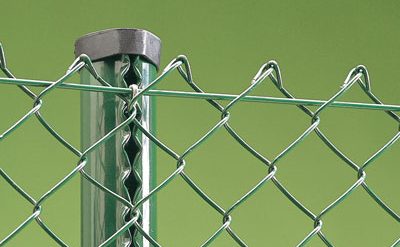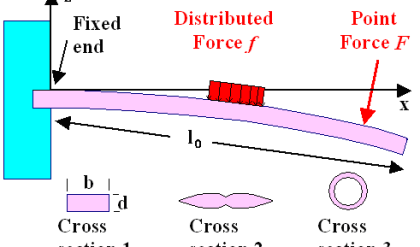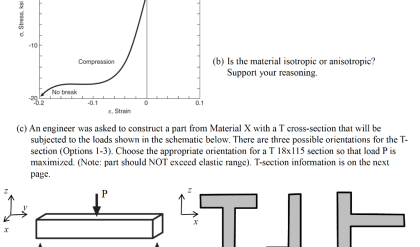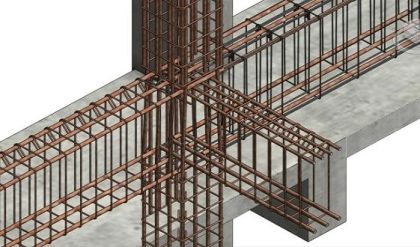Disambiguation
Models are generally used in science and engineering to reduce a complex reality for detailed investigations. The prediction of a future state of a system is the main goal, which has to be achieved. Due to the hypothetical nature of this approach, it is irrelevant whether the assumed state will be achieved or not: Safety requirements often demand for assumptions that are equivalent to a catastrophic situation, which during the lifetime of a structure probably never takes place. More important is the question, what scenario is going to be investigated. Depending on the needs, the physical situation can be modelled in different ways.
Modelling has become an important and fashionable issue, likewise. Every serious research project will claim modelling activities to increase the chances of being awarded grants. Modern technology and product development have detected the saving effects of modelling: “The development and manufacture of advanced products, such as cars, trucks and aircraft require very heavy investments. Experience has shown that a large portion of the total life cycle cost – as much as 70-80 percent – is already committed in the early stages of the design. It is important to realize that the best chance to influence life cycle costs occurs during the early, conceptual phase of the design process. Improvements in efficiency and quality during this phase should enable us to obtain the right solutions and make the right decisions from the beginning. This requires good design, analysis and synthesis methods and tools, as well as good simulation techniques including computational prototyping and digital mock-ups”.1
Modelling, however, is an ambiguous term and needs further explanation and a more precise definition. The common understanding of a model is manifold. Collins Compact English Dictionary (1998) explains it as follows:
1. a three-dimensional representation, usually on a smaller scale, of a device or structure: an architect’s model of the proposed new housing estate
2. an example or pattern that people might want to follow: her success makes her an excellent role model for other young Black women
3. an outstanding example of its kind: the report is a model of clarity
4. a person who poses for a sculptor, painter, or photographer
5. a person who wears clothes to display them to prospective buyers; a mannequin
6. a design or style of a particular product: the cheapest model of this car has a 1300cc engine
7. a theoretical description of the way a system or process works: a computer model of the British economy
8. adj excellent or perfect: a model husband
9. being a small scale representation of: a model aeroplane
10. vb -elling, -elled or US -eling, -eled to make a model of: he modeled a plane out of balsa wood
11. to plan or create according to a model or models: it had a constitution modeled on that of the United States
12. to display (clothing or accessories) as a mannequin
13. to pose for a sculptor, painter, or photographer
For natural and engineering sciences we shall generally adopt items 1 and 7 as definitions. In a broad sense, every scientific activity might be looked at as “modelling” since dealing with a complex reality always requires reduction and idealization of problems. Thus, modelling may be understood as novel only in the sense of “computational simulation of reality”, which is the underlying comprehension in the quotation “simulation techniques including computational prototyping” given above. At least in engineering sciences, modelling has to combine and integrate computational and experimental efforts in order to proceed to an understanding of the physical phenomena which allows for realistic predictions of the performance, availability and safety of technical products and systems.






Comments are closed.